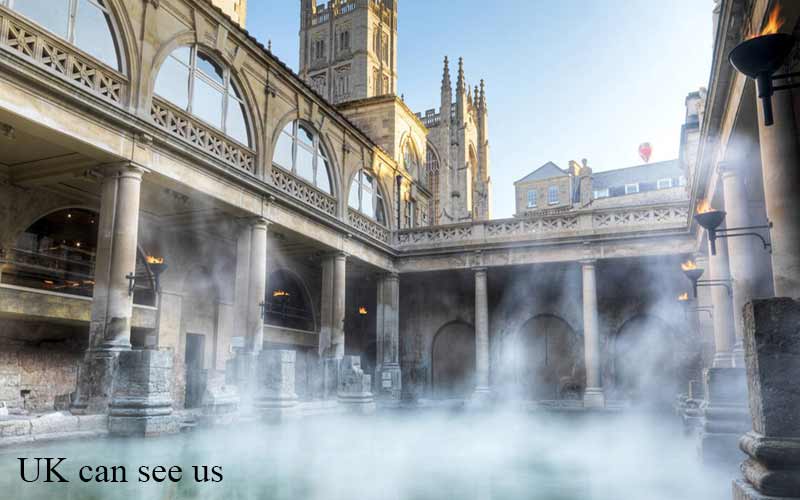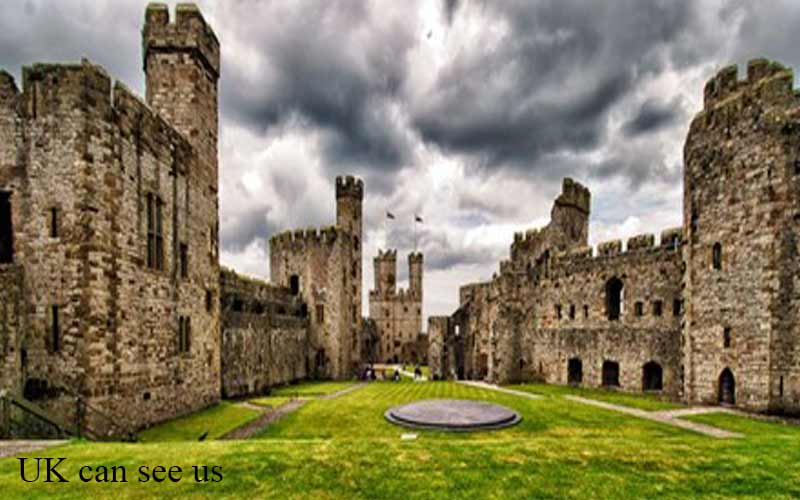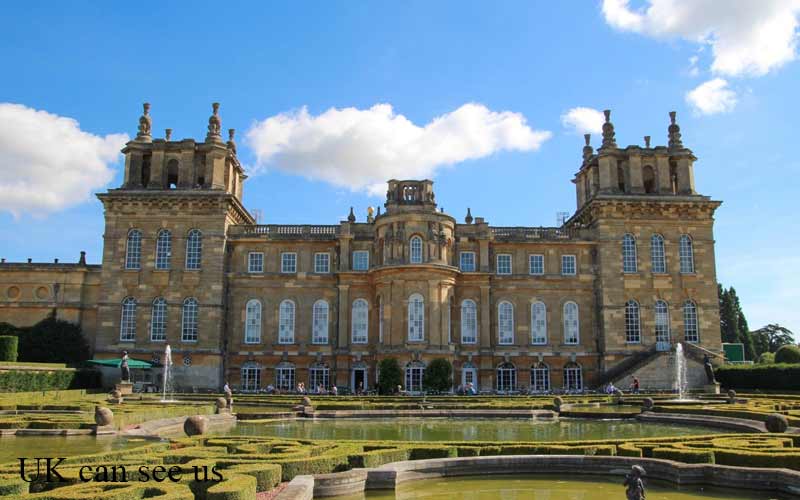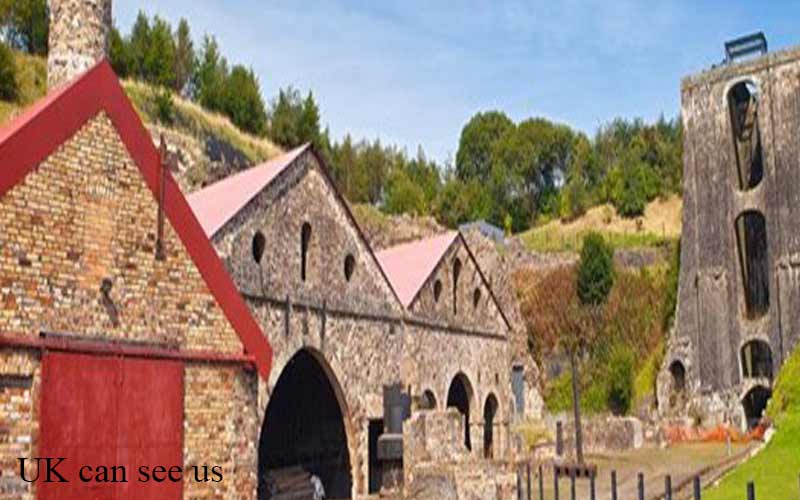UNESCO is a body of the United Nations responsible for dealing with promoting the protection and development of philosophical and religious property around the world.

It accomplishes this by selecting UNESCO sites that have "cultural significance" in the fields of science, history, or culture. As a result, UNESCO sites are important to humanity's general welfare - and are legally supported by numerous constitutions. Travelers to UNESCO sites can explore exotic locations, contribute to preservation, get particular knowledge about Earth and humanity's history – and amaze at absolutely spectacular scenic views.
Needless to mention that the United Kingdom is recognized for its fascinating traditional inheritance, dreamlike landscapes, and unforgettable city landmarks. Out of the thousands of world heritage sites of the UNESCO all around the world, the United Kingdom is suitably entitled to 31 on the basis of the recent update in July 2021.Magnificent cathedrals, vast industrial landscapes, and geographical delights are among the appealing UNESCO sites in the United Kingdom. So, why not plan to explore one or more of these places on our future trip to the United Kingdom?The following are the five must visited sites.
1. Blaenavon Industrial Landscape (2000)
This cultural assetrepresents the popularity of South Wales which was added to the list of UNESCO World Heritage Sites in the United Kingdom in 2000. This landscape wasdesignated as evidence of the world's largest iron and coal production in the nineteenth century when South Wales became ahuge player leading to the industrial growth.The Blaenavon Industrial Landscape is one of the UK's most overlooked tourist destinations, but a must-see for anyone interested in learning more about the sociocultural, financial status of the UK that resulted from industrialization and iron/coal manufacturing.

2. Blenheim Palace (1987)
Blenheim Palace is an amazing antique housebuilt in 2,000 acres of gorgeous grounds amid the town of Woodstock, Oxfordshire, England.It is said that it was built in the early 18th century to symbolize a triumph over the French. Therefore, UNESCO acknowledges Blenheim Palace for its reluctance to embrace French orthodoxy and was listed in a World Heritage Site in 1987.This historical landmark is definitely one of the popular tourist attraction and a must visit when travelling to the UK.
3. Castles and Town Walls of King Edward in Gwynedd (1986)
This site is simply the collection of castles and armored complexes constructed in Gwynedd, Wales. It’s well-preserved historic sites and castles demonstrate how colonization and military works were carried out during King Edward I's reign in the late 13th century. These sculptures are among the masterpieces of military architectural style in the history of the United Kingdom.The four castles of Beaumaris, Caernarfon, Harlech and Conwymake up the UNESCO World Heritage Site where the constructions of the castles are one-of-a-kind blending 13th century military infrastructure with a central planning.

4. City of Bath (1987)
The Ancient Romans founded the City of Bath in the first century ADin Somerset, Englandas a thermal spa. Itwas established as one of the United Kingdom's UNESCO World Heritage Sites in 1987, famous for maintaining the city's historic center and 18th-century architectural uniqueness. In the city of Bath, one may witness not only the Roman Baths in all their old historic elegance, but can also explore ancient temples and major Ancient Roman items within the museums. Those vibrant museumsmay explain about how the Romans lived and bathed here. There is always an option of using the thermal spa that may make you feel a little more Roman throughout your visit.
5. Frontiers of the Roman Empire (1987)
This is a large UNESCO World Heritage site that includes parts of both the United Kingdom and Germany. Theboundaries spanned from the Atlantic Coast on the west to the Black Sea on the east, and from middle Scotland in the north to the northern boundaries of the Sahara Desert on the south.This frontier took the form of both man-made and natural barriers, either as defending spaces or entire military zones.The Frontiers of the Roman Empireis an effort to acknowledge and preserve Roman’s history and a not to miss out place for the one interested in geographical history.

